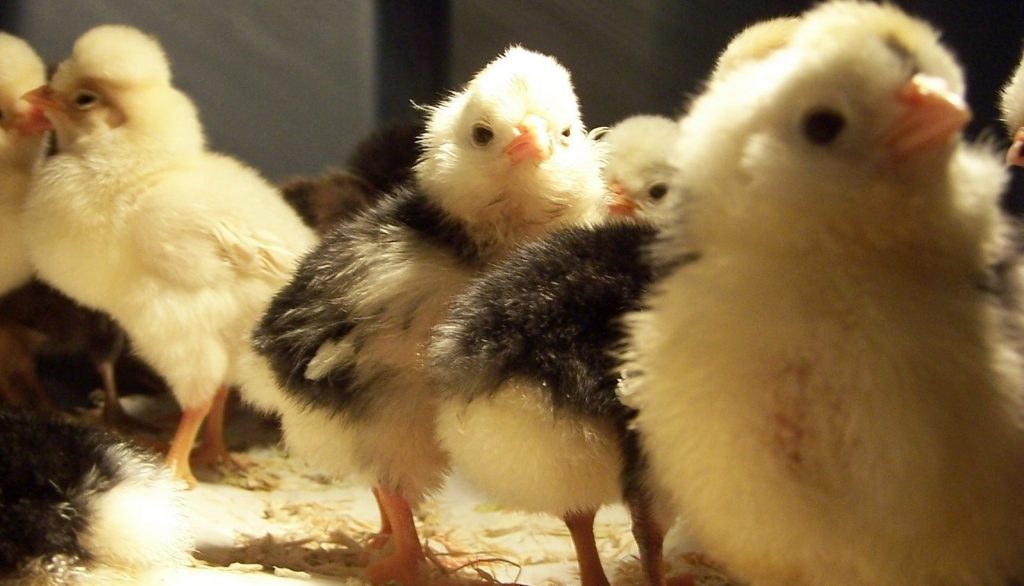The New York Times: “America Stress-Bought All the Baby Chickens”
The New York Times “America Stress-Bought All the Baby Chickens” by Tove Danovich
Abstract: Sales of baby chicks often rise before Easter, but this year’s increase has been extraordinary due to a variety of factors influenced by COVID-19: people are staying home with time to spend, while egg prices have increased 50% in some parts of the country due to increased demand, and eggs are difficult to find on shelves in some cities.
Notes: Unless you’re involved in the market for baby chicks, you probably do not know that sales tend to increase during stock market downturns and presidential election years. Most chicks are purchased by large-scale poultry producers, but a growing segment of the population is buying chicks to have their own stable supply of eggs, many for the first time due to COVID-19. The result has been a dearth of availability of chicks across the country.
Having more time at home with their kids and faced with rising egg prices and lower availability of eggs across the country, more people are buying chicks. Sales have nearly doubled at some stores, and this has helped chick producers sell previously less-preferred breeds.
Faced with raising chicks for the first time, new buyers are using online sources and books to find out how to raise them. Some are realizing that it takes longer for eggs than they thought, and that now they need more space outside and a heat source. Meanwhile, parents are using this as a chance to teach their kids valuable skills and adapt existing ones, like math, to real-world problem-solving situations like calculating the amount of fencing needed for their new chicks.
Discussion Questions:
1. What would we expect to happen to two specific markets a year from now: the market for eggs, and the market for chicken feed? What about the longer run of a few years out?
2. In the article, Ms. Annelle says “I thought I’d get some chicks before everyone panics at once and buys them.” The story also references the recent lack of availability of toilet paper in stores. In what ways are people like Ms. Annelle creating the very problem they are hoping will not happen? What does this imply for messaging by businesses and government during an uncertain time like the one faced during COVID-19?
3. Think about the future effects that hoarding has on markets. How might hoarding of something like baby chicks be different than hoarding of toilet paper when one looks at the effects on these markets months into the future? Does it matter if the items people are hoarding are items that they previously used to buy anyway, or new items they are only buying due to COVID-19?













